I originally wanted to make this post about a matcha flavored castella cake since I’ve already done the originally honey castella cake. But as you can see, this cake is yellow, not green. I completely forgot to add the matcha powder and didn’t realize it until the cake was in the oven baking. Since it came out so pretty, I decided I’d post about it anyway, along with some new things I’ve learned.
After finally learning how to successfully make a castella cake a few months ago, I’ve been making them a lot. They are just so tasty and the ones I make have a bouncier texture and taste better than the store bought ones, even though my homemade ones aren’t always as pretty.
For those of you who have never had castella cake, it is a popular Japanese sponge cake, often served with tea. It’s different from the typical Asian sponge cake. While most sponge cakes have a very light and airy texture made by beating egg whites, the castella cake has a very tight crumb and is made without any oil or butter, yet it manages to stay moist.
The key to making a successful castella cake is in the eggs. The eggs are beaten for close to 20 minutes until they turn almost white and you can write an initial on the top with the eggs and read it before it disappears back into the egg mixture. To achieve this stage in the eggs, you need to keep your egg mixture warm. To do this, you put a pot with water on low boil and then shut it off and put the mixing bowl with eggs over the pot and beat the eggs with by hand or with a hand mixer.
On this last occasion, I wanted to use a stand mixer, so I wouldn’t have to stand over the stove for 20 minutes. It took a little maneuvering, but it did work. Basically, I boiled some water, turned off the stove, then put my mixing bowl on top of the steaming water to heat up the bowl. Once the bowl was warm, I put it back on the stand mixer and beat the eggs. About halfway through, I had to put it back on the stove again to warm up the egg mixture, and then continue beating until finally obtaining the right texture.
It may sound complicated to have a recipe which requires having to beat eggs for 20 minutes, but after this step, you are almost done. You just need to whisk in some honey, milk and the flour and then it is ready to bake.
After the cake is done baking, you can’t let it cool to room temperature because it will dry out. Instead, you need to put it in the fridge immediately to finish cooling. This keeps the cake moist and it also keeps it from collapsing too much. The outside of the cake always comes out really dark, almost burnt. I haven’t found a way to not have this result. Apparently, it’s quite normal, and the outside edges are usually cut off and only the inside of the castella cake are served. I also can’t seem to stop the top of the cake from wrinkling due to the cake collapsing a little after it comes out of the oven.
One thing I have learned to create a pretty top is to flip the cake over once I’m done slicing. The bottom is usually nice and smooth and attached to parchment paper which comes off easily.
I love the bouncy texture of this cake. I don’t really know of any other cake or dessert that has this sort of bounce when you bite into it. I also love the strong taste of honey. Everyone in my family loves this cake. I always have to put a couple of pieces in the fridge or else it’s gone within one afternoon. Next time I will try making a matcha one and remember the matcha powder.
You can view the recipe I used here. For more successful baking tips, visit The Little Teochew.

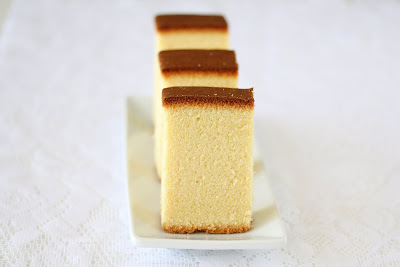


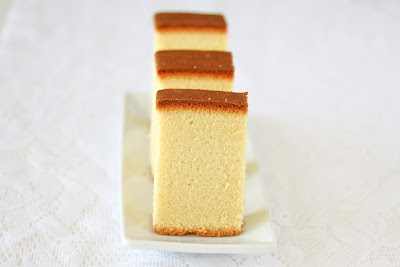

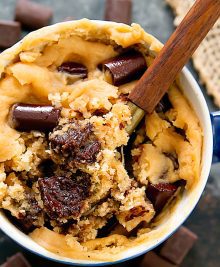
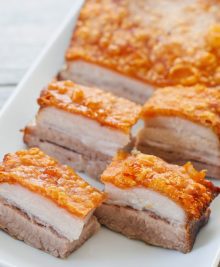

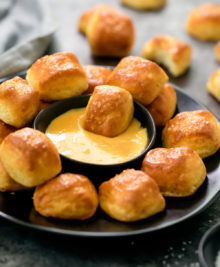
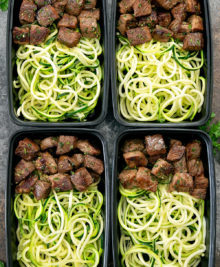
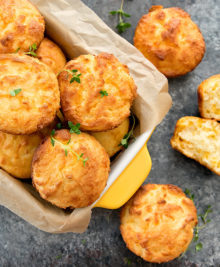
Your castella cake looks amazing! It looks absolutely perfect. Last time I tried to make it, it fell -__- I hope my next attempt looks as good as yours.
Sorry to hear that! Definitely try again. I had ones that fell also. You have to make sure your eggs are beaten to the point where they turn almost white and if you try to write something with the egg mixture, it will stay a few second on top before disappearing (so it’s almost like the consistency of soft meringue in texture). This is the point where your eggs are stable enough so the cake won’t collapse.
wow, i can’t wait to give this a go as i love any japanese treats…what an interesting recipe and love how the texture looks…!
This cake is amazing. It’s hard to describe the texture because I don’t really know of any other cake that has this sort of bounce when you bite into it. It sort of springs back when you squeeze and bite it. I think it may be my favorite cake.
Looks good! I’m glad you put the details behind it; I had no idea what the cake was. I would’ve assumed it was a Spanish recipe by the name. Does it have a tea flavor?
No tea flavor. It’s usually eaten with tea because it’s very sweet.
Your resulting Castella cakes only get better and better 🙂 Success!
Yum! My favorite kind of cake!
The cake came out so beautiful! Great job!!! 🙂 You definitely have mastered the castella cake.
haha, I think I still have a ways to go. The pieces in the middle section always come out the prettiest which I put in this picture but there were quite a few not as pretty pieces. Thanks though!